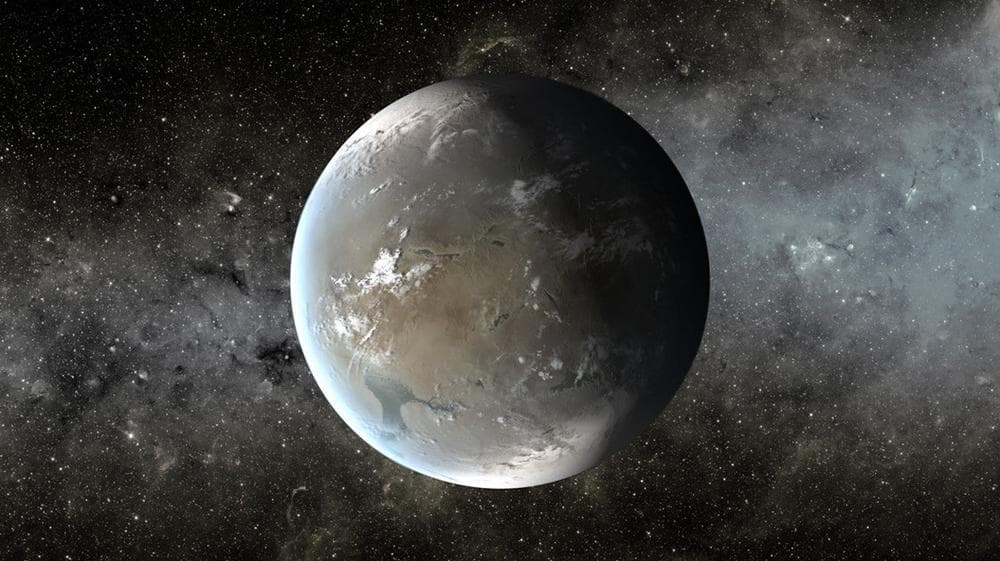Advertisement
NASA Ames Director: We're Closer To Answering, 'Are We Alone?'
Resume
India successfully launched its first space mission to Mars today. The orbiter, named Mangalyaan, is expected to enter Mars' orbit in September 2014. It would make India the fourth country to successfully reach Mars.
Meanwhile, scientists have estimated that in the Milky Way, there are 8.8 billion stars with Earth-sized planets at temperatures that would allow water in liquid form.
"In the next five or ten years, I think we're going have a really good indication of, 'Are we alone.'"
"Its a really neat result, it's one that nobody expected 20 years ago that we could even do," Pete Worden, director of NASA’s Ames Research Center, told Here & Now's Jeremy Hobson.
NASA's Kepler satellite took a census of about 4,000 of the planets in the galaxy, and from there, Warden says, scientists have been able to extrapolate what their solar systems looked like.
The next step is to determine whether the planets are habitable. Near the end of the decade, there will be a mission aimed at determining whether some of the nearest Earth-like neighbors have oxygen and water in their atmospheres.
"In the next five or ten years, I think we're going have a really good indication of, 'Are we alone,'" Worden said.
Guest
- Pete Worden, director of NASA’s Ames Research Center. He tweets @worden.
This segment aired on November 5, 2013.